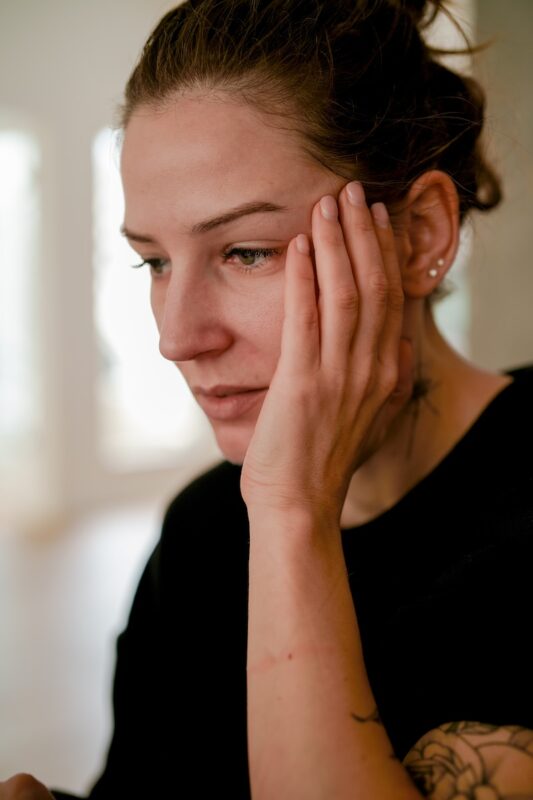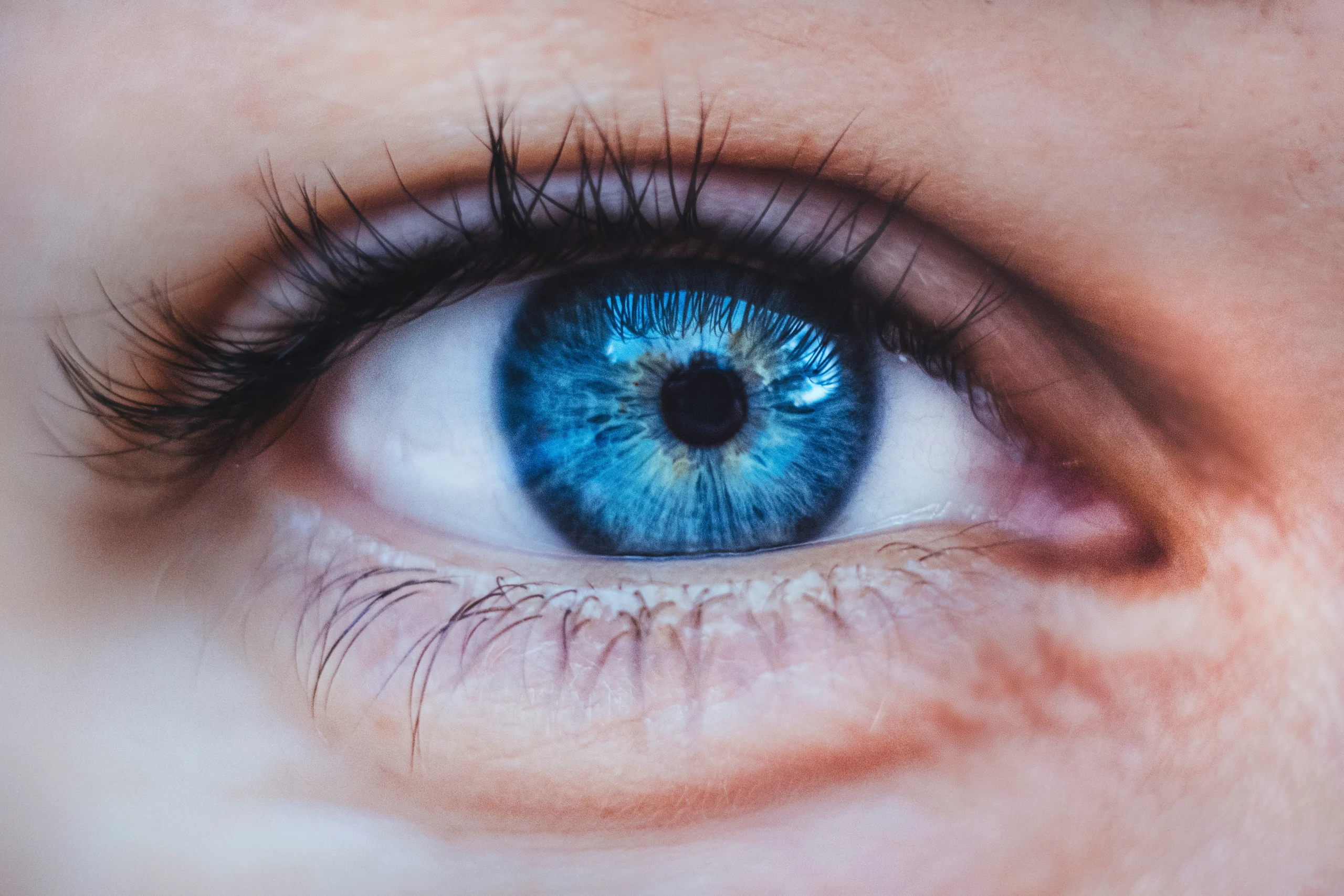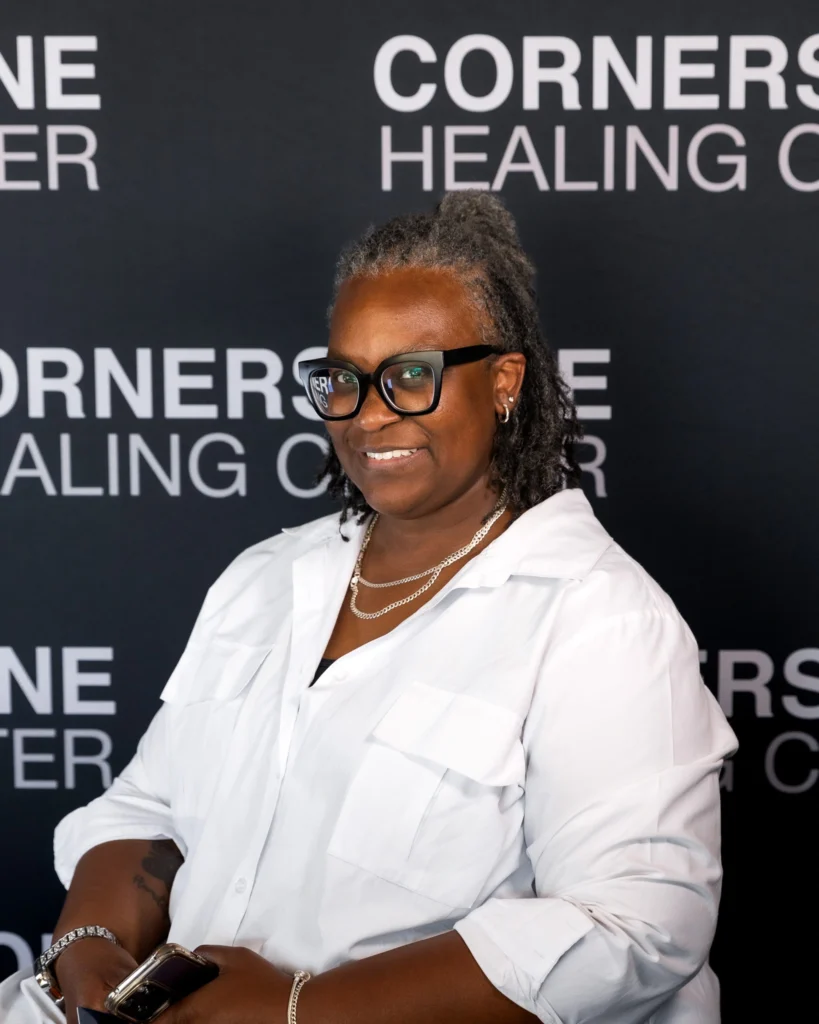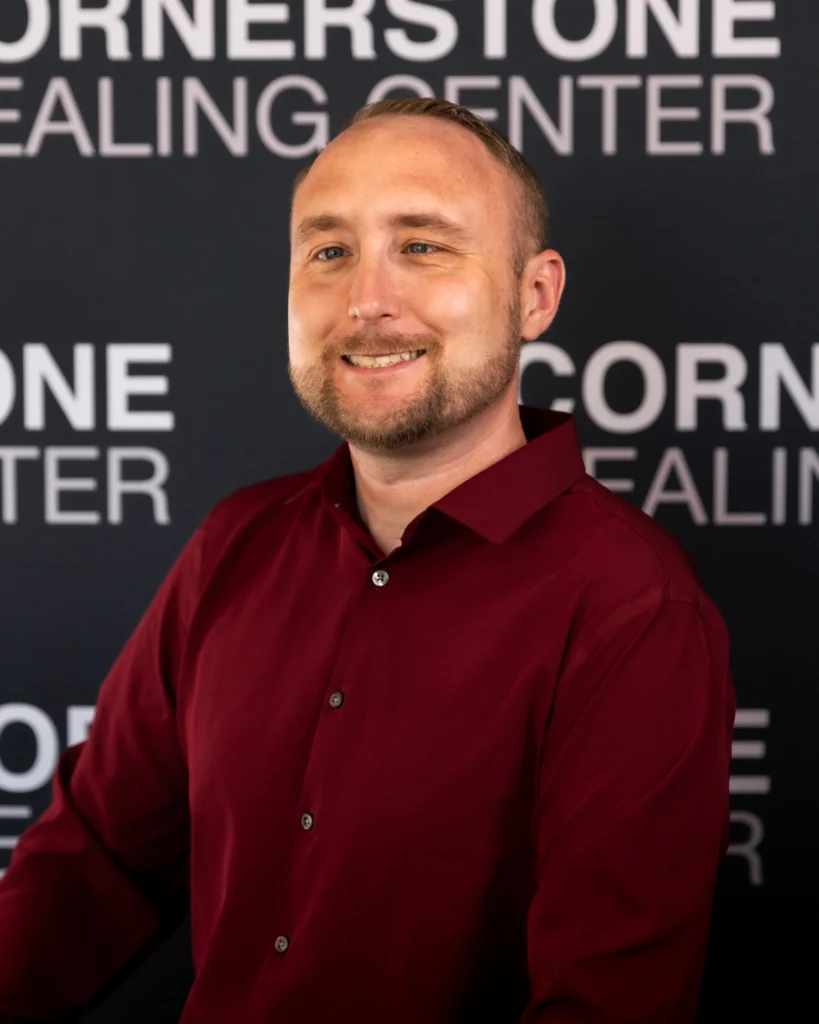Cornerstone
Anxiety Disorder and Addiction
Start the journey to recovery today
Anxiety Disorders and Addiction
Anxiety and substance abuse have multiple connections. Addiction worsens the psychological symptoms of anxiety and vice versa. When an individual abuses a specific substance for a prolonged period, their body may become tolerant to it, and they may need to increase the dose to experience the same effects.
The likelihood of developing addiction and anxiety is more significant in people with a history of trauma. However, chemical imbalances in the brain and genetic factors can also lead to the development of these disorders.
Substance Abuse as a Cause of Anxiety
Individuals affected by anxiety disorders are at significant risk of developing substance use disorder. Marijuana, opioids, and stimulants like amphetamines are the most common drugs abused by victims of anxiety disorders to cope with intense feelings of apprehension. Substance abuse becomes an outlet for them to escape anxiety and experience pleasure.
Though these drugs put unwanted symptoms associated with anxiety disorder on hold for a short time, they can cause the anxiety to worsen in the long run. When an individual develops a psychological and physical dependence on a substance, they experience severe anxiety it’s not in their system. This could lead to substance-induced or withdrawal-related anxiety even if the individual had no independent anxiety symptoms before.
Prolonged use of substances alters neural connections in the brain and can worsen prior anxiety symptoms or even cause an individual to develop an anxiety disorder.
Addictions we treat at Cornerstone
Defining an Anxiety Disorder
An anxiety disorder is a mental condition marked by unmanageable feelings of fear, anxiety, and unease. A person affected by an anxiety disorder experiences both cognitive and physical symptoms.
Cognitive symptoms include irritability, difficulty concentrating, restlessness, and nervousness. Physical symptoms include muscle aches and tension, palpitations or irregular heartbeat, trembling or shaking, abdominal pain or a churning feeling in the stomach, sleep disturbances, dizziness, and fatigue.
The distinction between anxiety and anxiety disorders is that the former is a normal response to stressful situations in everyday life and the latter refers to prolonged feelings of apprehension and unease with higher intensity.
According to the Diagnostic and Statistical Manual (DSM-5), anxiety refers to excessive worry and restlessness associated with a direct cause, such as academic performance or work. These feelings are temporary and do not last for more than six months.
Over 30% of adults suffer from an anxiety disorder at some point. Though anxiety disorders are the most common psychiatric disorders, they are highly treatable, and effective treatments can help individuals lead everyday lives.
Anxiety and addiction are among the most common co-occurring disorders in the US. Anxiety itself affects 28.8% and 14.6% of the population respectively. Anxiety disorders can lead people into substance use disorders.
Both disorders have some common side effects which can make the diagnosis difficult.
We are a Scottsdale drug and alcohol treatment center that specializes in diagnosing and treating co-occurring disorders such as anxiety and substance use disorders.
Our programs focus on healing the mind, body, and spirit from addiction.
We’re here to help you overcome addiction and build a life that you are proud of!
Programs We Offer
How Cornerstone treats anxiety and substance abuse
As co-occurring disorders involve complex challenges, an integrated approach that simultaneously or parallelly addresses both psychiatric concerns should be taken to the treatment.
We, at Cornerstone treat co-occurring anxiety and substance use disorders in a parallel yet integrated fashion. We seamlessly blend psychotherapy and pharmacotherapy into a single coherent treatment package to treat substance abuse and anxiety disorder. After adequate assessment and evaluation of the patient, our clinicians devise a treatment plan that caters to the patient’s unique needs.
Our clinicians firmly believe that partial or sequential treatment can aggravate both conditions despite ample evidence that similar treatment results in better outcomes, many treatment programs continue to treat both conditions separately.
We do not use treatment models that primarily address only one condition. Both substance abuse and anxiety treatment continue alongside each other at our co-occurring disorder treatment center. We believe integrating treatments for both disorders is essential for the optimal treatment and long-term recovery of the patient. Here’s a breakdown of our treatment model:
Psychotherapy
Our treatment model primarily uses psychotherapy to address both substance abuse and comorbid anxiety disorders. We understand that traditional approaches like 12-step therapy may not work for co-occurring diseases and therefore use more palatable methods like cognitive-behavioral therapy (CBT) to address both illnesses parallelly.
Cognitive-behavioral therapy (CBT) has been proven as the most effective psychosocial treatment for SUDs and comorbid anxiety disorders.
With psychotherapy, our clinicians aim to teach patients vital strategies that help them self-regulate their anxiety and cope with other unwanted symptoms. They work closely with patients to help them unlearn the maladaptive learned behaviors that significantly impair their functioning and cause their anxiety to worsen in the long run.
The initial focus of the treatment is to interrupt the destructive cycle of abusing substances to fight intolerable subjective states. Psychotherapy begins with the assessment phase in which psychologists identify critical behaviors of the patient; evaluate their duration, intensity, and frequency; classify behaviors into ‘excesses’ and ‘deficits’, and attempt to adjust them accordingly.
After the psychological assessment, the re-conceptualization phase begins, wherein psychologists assess whether the behavior has increased or decreased relative to the baseline. Other therapies may also be delivered in conjunction with CBT depending on the patient’s unique needs.
RESIDENTIAL SUBSTANCE ABUSE TREATMENT
Our Treatments and Therapy Sessions
Meet Our Arizona Clinical Team
Eboni Fields, MS LPC
Clinical Director of Scottsdale Program
Eboni Fields, MS LPC, is a seasoned Clinical Director who brings over a decade of experience in behavioral health and substance abuse. She is a licensed professional counselor with a Masters in Mental Health Counseling from Grand Canyon University.
Nate Bush, LCSW
Clinical Director of Phoenix Program
Nate began his recovery journey in 2010 and earned a Master’s in Social Work from ASU. He’s been in the Behavioral Health field since 2013. Specializing in CBT, DBT, and grief, Nate is now the Clinical Director of our Phoenix program, underlined by his passion for helping others who struggled with substance abuse issues as he did.
FAQs About Co-occuring Addiction
Get answers to the most commonly asked questions about Anxiety Disorder and Addiction plus treatment.
Like other forms of mental health disorders, anxiety disorders are not caused by faulty upbringing, personal weakness, or character imperfections. Though social factors are not directly causative of anxiety disorders, they can improve or worsen them. Researchers have identified the following factors as the causes of anxiety disorders:
- Chemical Imbalance: Prolonged stress can alter the chemical balance that regulates mood. These chemical imbalances act as facilitators for anxiety disorders.
- Environmental Factors: Individuals who have lived through stressful events or experienced trauma, such as abandonment or childhood abuse, are more likely to develop an anxiety disorder.
- Heredity: Anxiety disorders are heritable and tend to run in families. There’s a strong connection between anxiety disorders and genes. However, researchers don’t understand it fully yet.
- Brain Chemistry: Some research shows that faulty neural circuits or abnormal changes in brain chemistry may cause anxiety disorders.
- Substance Abuse or Withdrawal: Substance-induced brain changes can facilitate the development of anxiety disorder. Withdrawal from substances may also heighten or diminish anxiety symptoms.
Substance abuse with a comorbid anxiety disorder can have devastating effects on both the physical and mental health of the individual. People with addiction often believe that their anxiety is insurmountable and they need to keep abusing the substance to escape it. The co-occurrence of anxiety and substance abuse poses social, personal, and occupational risks for the affected.
People having co-occurring anxiety and substance use disorder can become addicted to anxiety medication. Almost all anti-anxiety medications cause physical and psychological dependence, including selective serotonin reuptake inhibitors (SSRI), barbiturates, and benzodiazepines.
Misuse of these substances can lead to severe headaches, insomnia, sexual dysfunction, muscle spasms, movement disorders, concentration impairment, and gastrointestinal problems.
Social isolation can also occur as a result of having co-occurring anxiety and substance abuse. People with anxiety tend to avoid social contact and isolate themselves. This can keep them from getting the help they need as their problem can go completely unnoticed.
Furthermore, addiction can take a heavy toll on their relationships and consequently worsen anxiety. As substance abuse causes tension within a family unit, the affected individual may also avoid contact with family members to escape anxiety.
About 14.6% of the US population suffer from a substance use disorder at some point in their lives. Over 7.7 million adults with substance use disorders have comorbid illnesses. Both anxiety disorders and SUDs are highly treatable with extraordinary success rates.
Getting help for anxiety and drug use is extremely essential as both have devastating effects on all areas of an individual’s life, from social to personal to occupational. The comorbidity of generalized anxiety disorder (GAD), social anxiety disorder (SAD), post-traumatic stress disorder (PTSD), or specific phobias with substance abuse has a high prevalence. However, these co-occurring disorders often go misdiagnosed, underdiagnosed, or inappropriately treated.
Underdiagnosed and untreated anxiety disorders can cause many negative consequences, including disability, loss of productivity, susceptibility to infection due to a weakened immune system, major depressive disorder, and a high risk of suicide.
In addition to physical and psychological effects, individuals who do not seek treatment face long-term societal consequences, such as interpersonal violence, increased risk of committing a crime, unemployment, stress in relationships, and social exclusion.
Chronic social exclusion can cause severe trauma which can exacerbate the individual’s substance abuse problem, resulting in a cycle of further exclusion. The only way to put an end to this vicious cycle is by seeking help from a reputable co-occurring disorder treatment center.
All types of anxiety disorders are characterized by unmanageable feelings of fear and anxiety. Here’s an overview of six different types of anxiety disorders:
Generalized Anxiety Disorder
Generalized anxiety disorder (GAD) is characterized by long-lasting, non-specific anxiety. Individuals with generalized anxiety disorder (GAD) experience chronic anxiety which is not associated with any particular object or situation. In addition to fear and worry, people with GAD also experience fatigue, irritability, sleep disturbances, restlessness, muscle tension and aches, concentration problems, memory problems, and difficulty making decisions.
A diagnosis of this type of anxiety disorder is made when an individual has been worrying about a trivial or everyday problem for over six months. Drug-induced anxiety is ruled out before a diagnosis of GAD is made.
Specific Phobias
Specific phobias constitute the largest category of anxiety disorders, including all cases of anxiety related to a specific situation or stimulus. About 5 to 12 percent of the global population is affected by specific phobias. The National Institute of Mental Health describes phobia as an intense or irrational fear of specific situations and objects. A person with a phobia thinks that an encounter with the object of their fear will result in horrifying consequences. The object of fear can be anything, ranging from an animal to a particular situation.
Panic Disorder
Panic disorder is characterized by brief attacks or episodes of intense apprehension accompanied by other symptoms, such as trembling, nausea, and difficulty in breathing. The American Psychological Association describes panic attacks as bouts marked by fear and discomfort that emerge and climax within ten minutes and can last for hours. These attacks can be triggered by irrational thoughts, stress, fear, or strenuous physical activity.
Social Anxiety Disorder
People with social anxiety disorder feel overly anxious in social situations and fear how they will present themselves to others. They are extremely self-conscious and try to create a genuine impression toward others, however, believe they are unable to do so. An affected individual may pay high self-attention after performing a social activity.
Though this fear can be specific to a particular social situation, it is more typically experienced in all social settings and interactions. Fear of negative evaluations from other people, public embarrassment, and public scrutiny is symptomatic of social anxiety disorder.
Physical symptoms of social anxiety include excess sweating, trembling or shaking, palpitations or irregular heart rate, nausea, stammering or difficulty speaking, and excessive blushing.
Obsessive-compulsive Disorder
Obsessive-compulsive disorder (OCD) is marked by obsessions and compulsions that do not have physiological or substance-induced causes. Obsessions refer to persistent, recurrent, and intrusive thoughts and mental images; while compulsions are repetitive mental and physical actions that are meant to reduce discomfort and anxiety. The DSM-5 does not classify obsessive-compulsive disorder (OCD) as an anxiety disorder but the International Classification of Diseases (ICD) does.
Agoraphobia
Agoraphobia is an anxiety disorder wherein a person experiences intense worry about being in an inescapable place or situation. The condition has a strong connection with panic disorder and is often manifested as a fear of having a panic attack.
Still have questions about treatment?
Our admissions specialists are here to explain the process, answer any questions you may have, and ensure you’re getting the help you need to live a healthy life free from addiction.

Get Started
Now
Call and speak with one of our caring team members about help for you or a loved one.





























